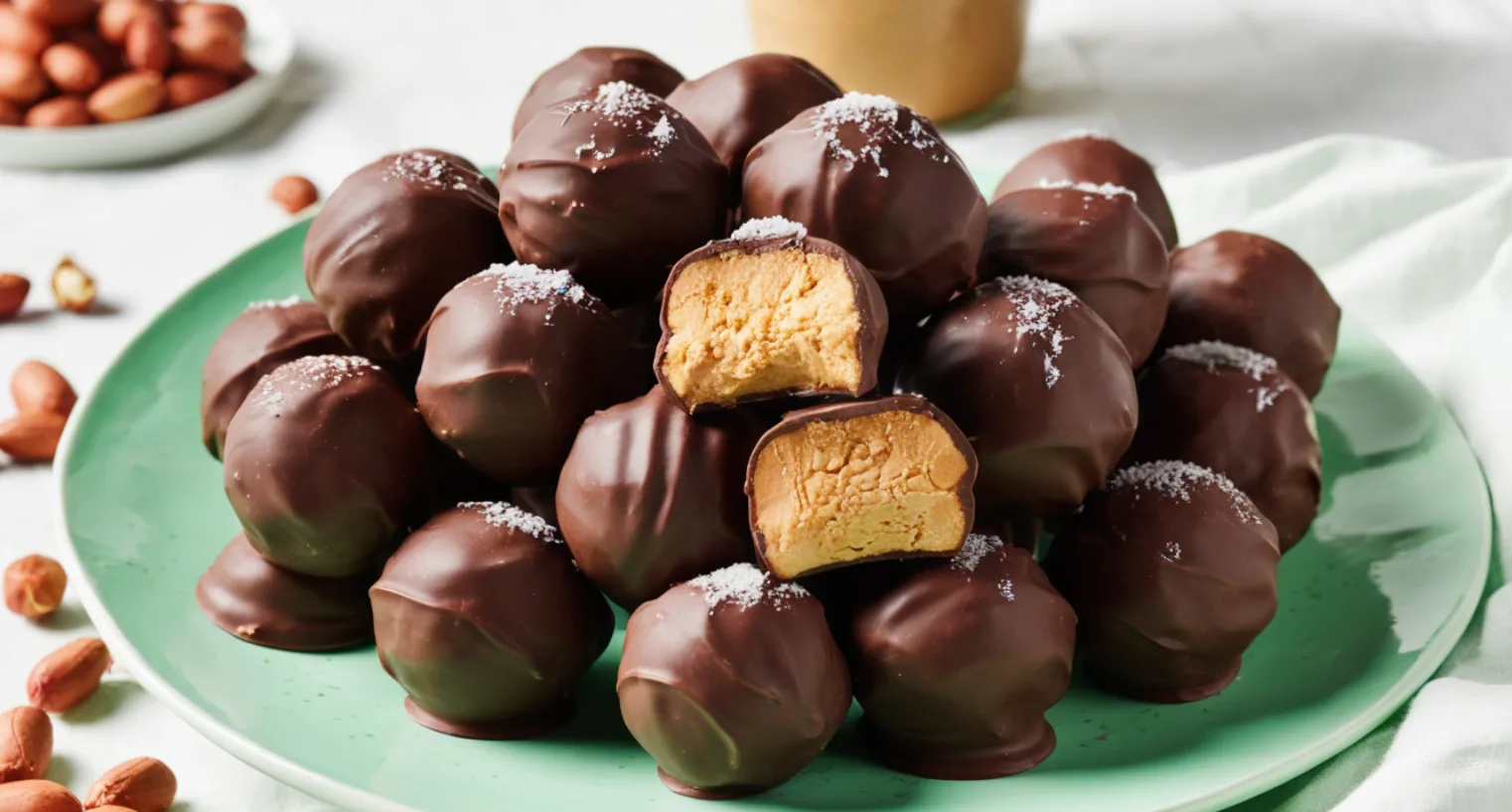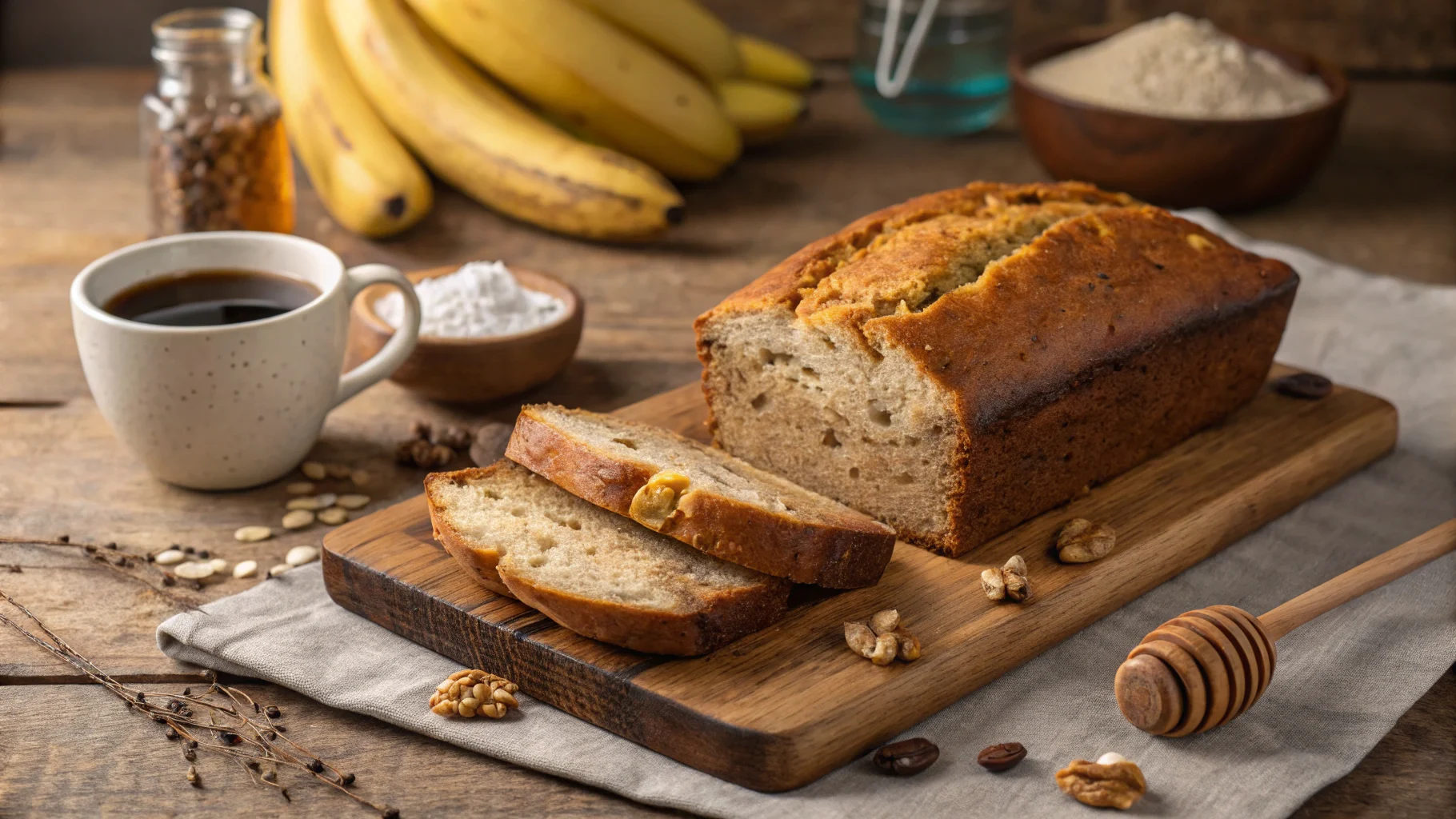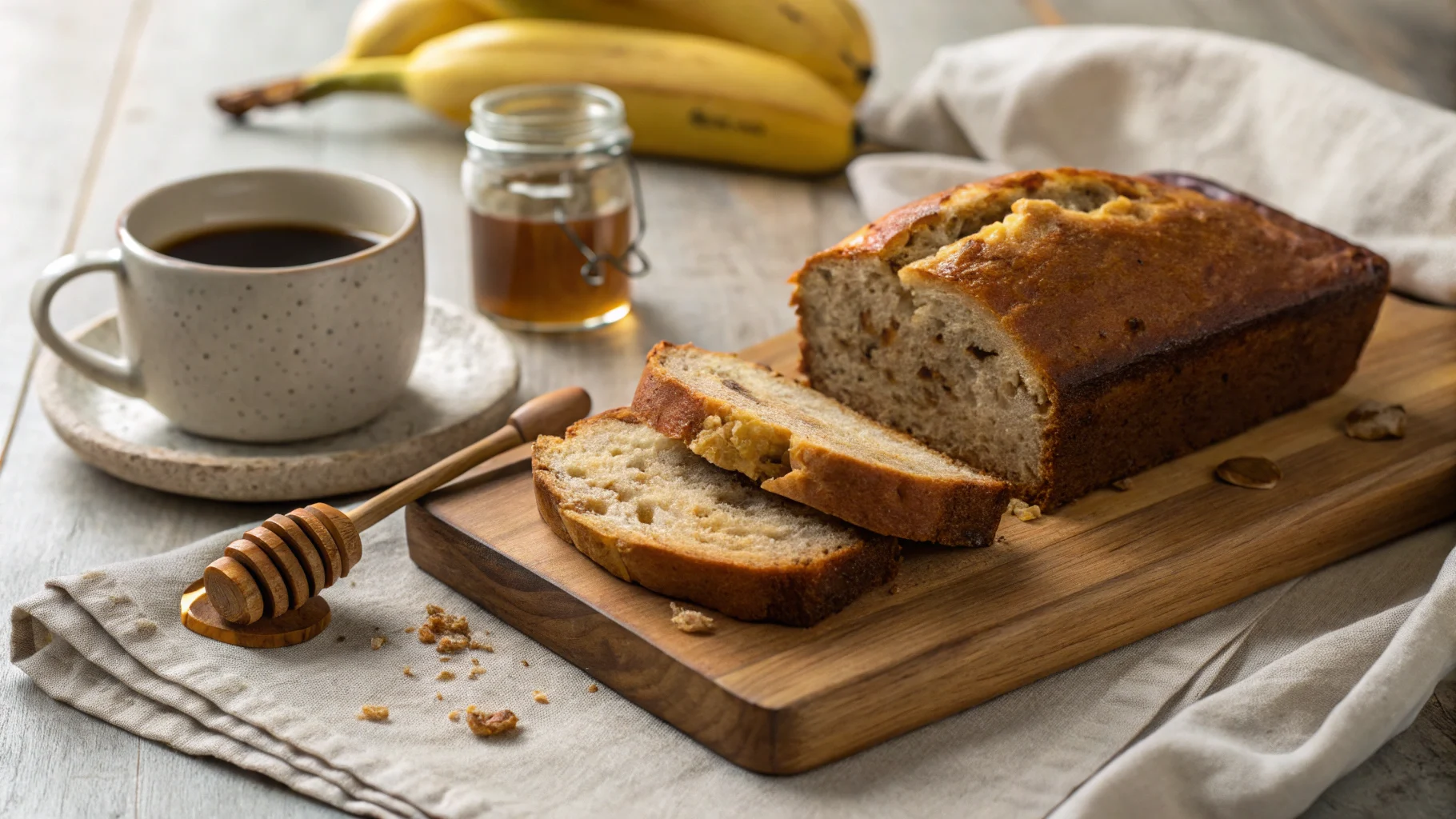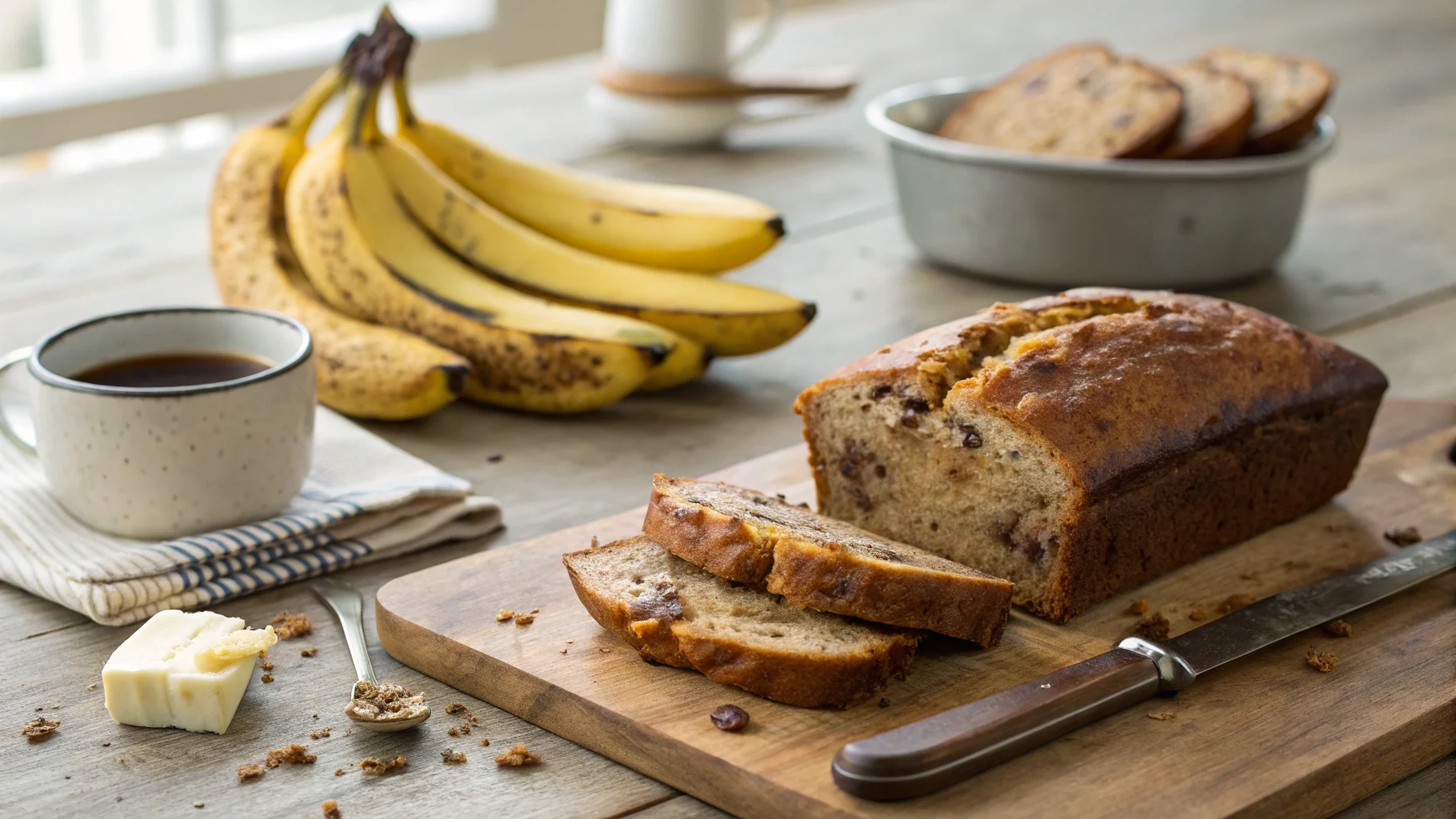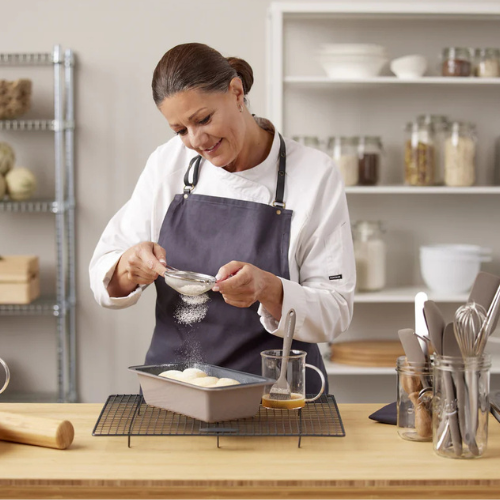The Ultimate Guide to Peanut Butter Balls
Introduction to Peanut Butter Balls
What Are Peanut Butter Balls?
Peanut butter balls are the ultimate no-bake treat—sweet, creamy, and coated in rich chocolate. Whether you call them Buckeyes (if you leave a little peanut butter peeking through) or just classic Buckeye candies they’re the kind of dessert that brings everyone to the table. With a simple mix of peanut butter, powdered sugar, and butter, rolled into bite-sized perfection and dipped in chocolate, it’s no wonder these treats are a holiday favorite and a year-round crowd-pleaser.
A Little Bite of History
Peanut butter balls, or Buckeyes, have roots in the Midwest, where they’re a staple in Ohio, named after the nut of the state tree, the Buckeye. While the traditional version has a small circle of peanut butter showing to mimic the nut, people everywhere have taken creative liberties. Today, fully coated Buckeye candies are just as common, and they’re enjoyed around the world.
Why They’re So Popular
What makes No-bake peanut butter treats such a hit? Honestly, it’s hard to beat the combo of peanut butter and chocolate. They’re easy to make, require no oven time, and they store beautifully—which means they’re perfect for last-minute treats or make-ahead desserts. Plus, they’re endlessly customizable. You can add a crunch with graham cracker crumbs, drizzle them with white chocolate, or even swap peanut butter for almond butter if that’s more your style.
In this guide, we’ll walk you through everything you need to know to make peanut butter balls at home, from key ingredients to pro tips and even some fun variations. Ready to whip up a batch? Let’s get rolling!
Table of contents
Crafting the Perfect Peanut Butter Balls at Home
Making peanut butter balls at home is easier than you might think. With just a handful of pantry staples and no need to turn on the oven, this is one dessert you can whip up in no time. Whether you’re prepping for a holiday party, a potluck, or just an indulgent snack, follow this guide to create peanut butter balls that rival the best Buckeyes out there.
Essential Ingredients and Their Roles
Every ingredient in peanut butter balls plays a key role in creating the perfect texture and flavor. Here’s what you’ll need:
- Peanut Butter: The star of the show. Use creamy peanut butter for smooth balls or chunky peanut butter if you want a bit of crunch. Avoid natural peanut butter, as the oils can separate and affect the texture.
- Butter: Softened butter helps bind everything together while adding richness. Unsalted butter works best so you can control the saltiness.
- Powdered Sugar: This sweetens the mixture and helps achieve the firm, moldable consistency you need to roll the dough into balls.
- Graham Cracker Crumbs (Optional): These add a slight crunch and a subtle flavor that balances the sweetness.
- Chocolate: Use semi-sweet or milk chocolate chips for the coating. High-quality chocolate melts more smoothly and gives a professional finish.
- Coconut Oil (Optional): Adding a teaspoon to melted chocolate creates a glossy coating that sets beautifully.
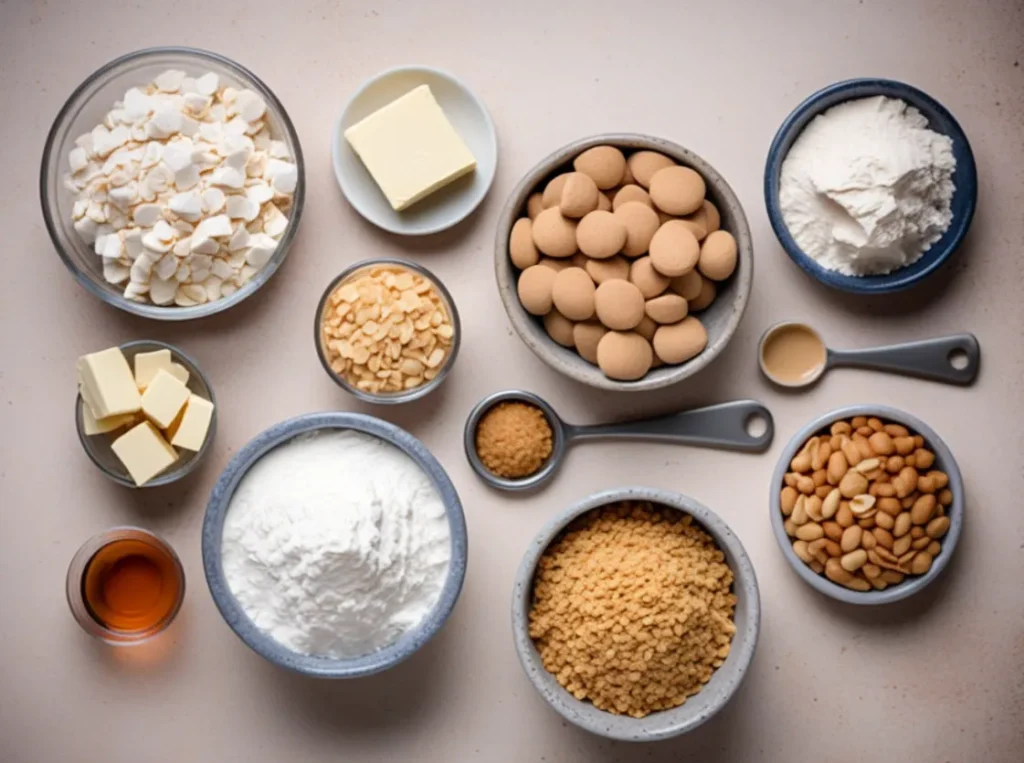
Step-by-Step Preparation Method
Ready to get rolling? Here’s a foolproof way to make peanut butter balls that are perfect every time:
1. Mix the Filling:
In a large bowl, combine peanut butter, softened butter, powdered sugar, and graham cracker crumbs (if using). Mix until well blended. The dough should be firm but pliable—if it’s too sticky, add a little more powdered sugar.
2. Shape the Balls:
Scoop out about a tablespoon of dough and roll it into a ball between your palms. Place each ball on a baking sheet lined with parchment paper. Repeat until all the dough is used. Chill the tray in the refrigerator for 30 minutes to firm up the balls.
3. Melt the Chocolate:
In a microwave-safe bowl, melt chocolate chips in 20-second intervals, stirring each time until smooth. If using, stir in a teaspoon of coconut oil for a glossy finish.
4. Dip the Balls:
Using a fork or toothpick, dip each chilled peanut butter ball into the melted chocolate, ensuring it’s fully coated (or leave a small circle of peanut butter exposed for the traditional Buckeye look). Let any excess chocolate drip off before placing the coated ball back on the parchment paper.
5. Set and Serve:
Once all the balls are dipped, return the tray to the fridge for another 30 minutes to let the chocolate set. Once firm, transfer the peanut butter balls to an airtight container. They’ll stay fresh for up to 2 weeks in the fridge or 3 months in the freezer.
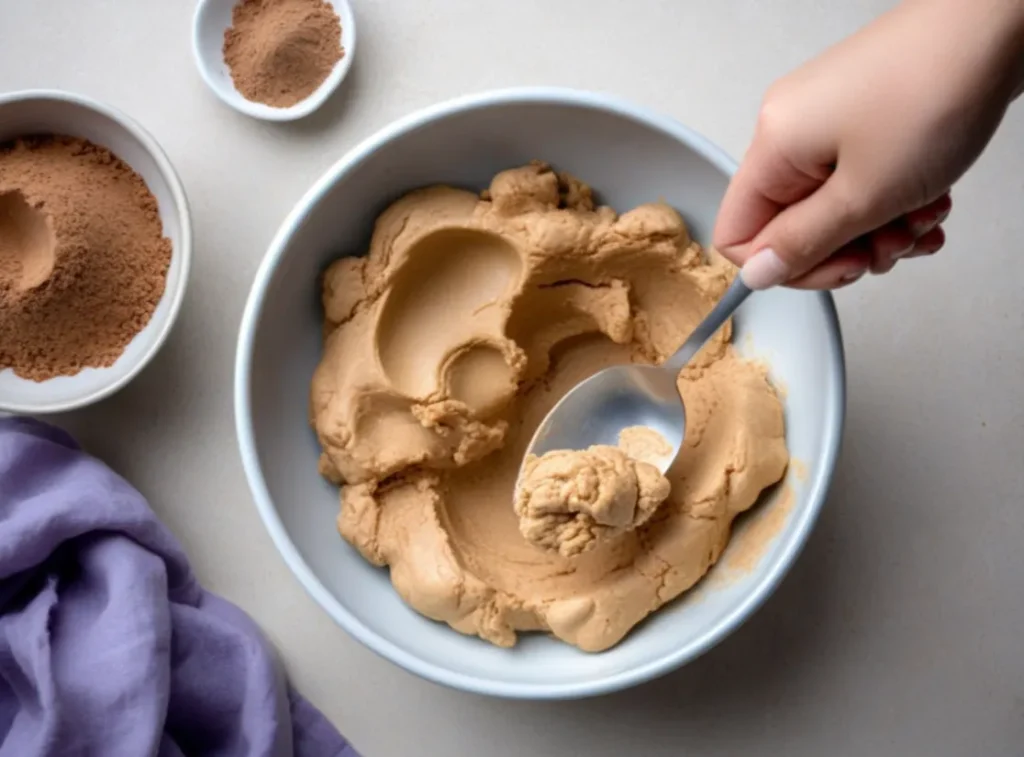
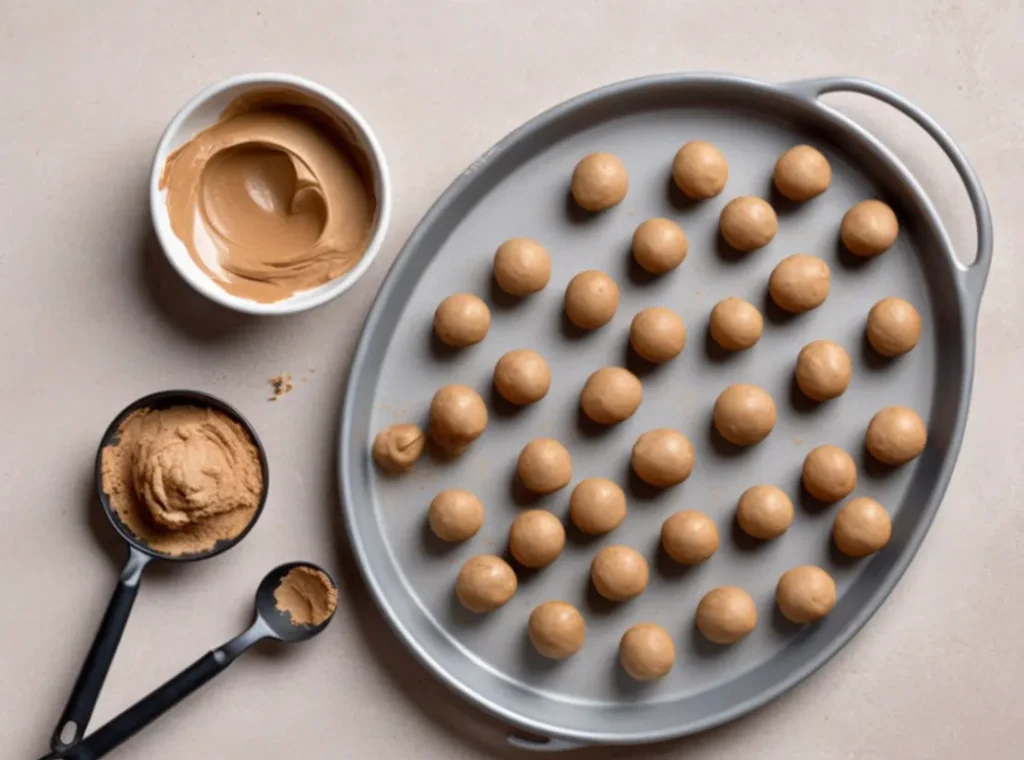
Variations and Customizations
Part of the fun of making peanut butter balls is customizing them to your taste! Here are some creative ideas to try:
- Add a Crunch: Mix in crushed pretzels, crispy rice cereal, or chopped peanuts for extra texture.
- Drizzle with White Chocolate: Once the chocolate coating has set, use a fork to drizzle melted white chocolate over the top for a decorative finish.
- Swap the Peanut Butter: Not a peanut butter fan? Try almond butter, cashew butter, or even sunflower seed butter for a nut-free option.
- Go Festive: Add sprinkles, edible glitter, or colored chocolate drizzle to make your peanut butter balls holiday-ready.
- Healthier Twists: Use natural sweeteners like honey or maple syrup instead of powdered sugar and dark chocolate for the coating.
Making peanut butter balls at home is all about having fun and making them your own. Whether you stick to the classic recipe or try a fun variation, this no-bake dessert is sure to impress.
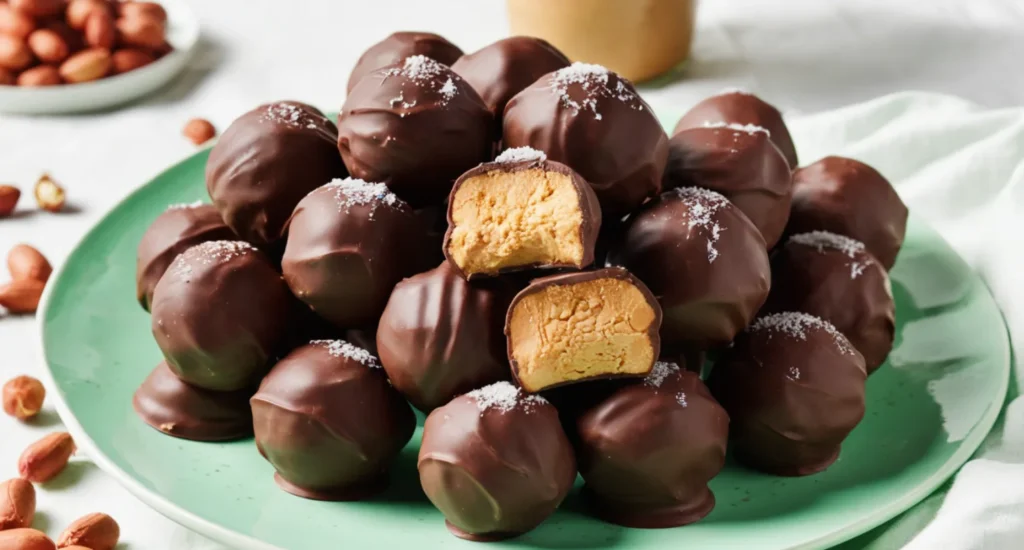
Nutritional Insights and Health Considerations
Peanut butter balls are a delicious treat, but let’s be real—they’re also a little indulgent. That doesn’t mean you can’t enjoy them as part of a balanced diet. Let’s break down the nutritional profile and explore ways to make these sweet bites a little healthier without losing their signature taste.
Calorie Content and Macronutrient Breakdown
The calorie count in peanut butter balls depends on the recipe and portion size. Here’s a general idea of what you’re looking at for one standard peanut butter ball (about 1–1.5 inches in diameter):
- Calories: ~90–120 per ball
- Protein: 2–3 grams
- Carbohydrates: 7–9 grams (mostly from sugar and chocolate)
- Fat: 6–8 grams (from peanut butter, butter, and chocolate)
- Sugar: ~5–6 grams
If you’re making larger or smaller balls, the calorie count will vary accordingly. Keep in mind that the chocolate coating can add extra calories, especially if you use milk chocolate instead of dark chocolate.
Healthier Preparation Alternatives
Looking to indulge without overdoing it? Here are some tweaks to make peanut butter balls a little lighter and healthier:
1. Swap the Sugar:
- Replace powdered sugar with natural sweeteners like honey, maple syrup, or stevia. You’ll still get the sweetness, but with fewer refined sugars.
2. Lighten the Butter:
- Cut the butter in half or skip it altogether if your peanut butter is already creamy enough to bind the mixture.
3. Choose Dark Chocolate:
- Opt for dark chocolate with 70% cocoa or higher. It has less sugar and more antioxidants than milk chocolate, making it a healthier choice.
4. Add Protein or Fiber:
- Boost the nutritional value by mixing in a scoop of protein powder or ground flaxseed. This can make the treat more filling and satisfying.
5. Use Natural Peanut Butter:
- Go for natural peanut butter without added sugar or hydrogenated oils. While it may slightly alter the texture, it’s a more wholesome option.
Balancing Indulgence with Dietary Goals
Let’s face it: peanut butter balls aren’t exactly a salad, but they’re not meant to be. The key to enjoying them guilt-free is moderation and mindful eating.
Here are a few tips to stay on track while treating yourself:
- Portion Control: Stick to one or two peanut butter balls per serving. They’re rich and satisfying, so a little goes a long way.
- Pair with Healthy Foods: Enjoy them alongside a healthy snack like fresh fruit or a handful of almonds to balance the sweetness with fiber or protein.
- Save for Special Occasions: Peanut butter balls make great holiday treats or party desserts, but they don’t need to be an everyday indulgence.
Peanut butter balls can fit into almost any lifestyle when enjoyed in moderation. Plus, with so many ways to customize and lighten the recipe, you can create a version that’s just right for you. Whether you’re savoring a classic chocolate-coated ball or trying a new twist with healthier ingredients, these treats are a satisfying way to indulge your sweet tooth.
Frequently Asked Questions
1. How many calories are in peanut butter balls?
The calorie count for peanut butter balls depends on their size and ingredients, but on average, each ball contains around 90–120 calories. The exact count varies based on the type of peanut butter, chocolate, and sweeteners used. If you’re looking to reduce calories, consider using natural peanut butter and dark chocolate, or skipping the chocolate coating entirely.
2. Why are my peanut butter balls sticky?
Sticky peanut butter balls are usually caused by an imbalance in the ingredient ratio. If the mixture feels too sticky to roll, add a bit more powdered sugar or graham cracker crumbs to firm it up. Chilling the mixture for 15–30 minutes before rolling can also help. Using natural peanut butter, which is more oily, may require slight adjustments to the recipe.
3. How long can you keep Buckeyes?
Buckeyes and peanut butter balls can last up to 2 weeks in the refrigerator when stored in an airtight container. For longer storage, freeze them for up to 3 months. To freeze, arrange them in a single layer on a baking sheet, then transfer them to a freezer-safe container once frozen solid. Thaw in the fridge before serving to maintain their texture and flavor.
4. Why is peanut butter toast so good?
Peanut butter toast combines the creamy, nutty richness of peanut butter with the warm, crispy texture of toasted bread. The flavor balance of savory and slightly sweet makes it a comforting snack or breakfast option. Just like Buckeye candies, the combination of peanut butter and carbs creates a satisfying and energy-packed bite.
Conclusion
Peanut butter balls are a timeless treat that’s as easy to make as they are to love. With their rich peanut butter filling and decadent chocolate coating, these no-bake delights bring together the perfect mix of flavor and texture. Whether you’re whipping them up for a holiday party, gifting them to friends, or sneaking one from the fridge as a midnight snack, No-bake peanut butter treats never disappoint.
Plus, with endless customization options and ways to lighten up the recipe, there’s no limit to how you can make this dessert your own. From classic Buckeyes to healthier variations, there’s a version for every taste and occasion.
So, what are you waiting for? Gather your ingredients, roll up your sleeves, and treat yourself to the irresistible joy of homemade No-bake peanut butter treats Don’t forget to share your creations with family, friends, or even us—because let’s face it, Buckeye candies are too good not to share!

